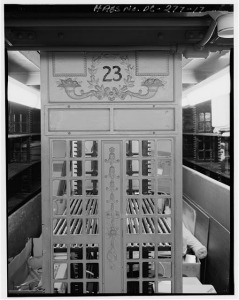Here are a few newsworthy items in the world of cancer research:
- Researchers at the University of Texas Southwestern Medical Center have developed a new high resolution microscope where cancer cells can be visualized in 3D. Read more about this tool in Developmental Cell.
- In recent animal studies researchers at Lund University along with colleagues at Johns Hopkins have found that ordinary sugar may be a potential MRI contrast agent for examining tumors. Malignant tumors show higher sugar consumption than surrounding tissue. Findings are discussed in Tomography.
- Scientists at Northwestern University have discovered a new predictor of cancer. According to researchers, when your epigenetic age is older than your chronological age, it places you at a higher risk of developing and dying of cancer. The study was published in EBioMedicine.
- Eribulin Mesylate, a type of chemotherapy, has been approved by the FDA for the treatment of liposarcoma that cannot be removed by surgery or is advanced. This treatment is approved for patients who received prior chemotherapy that contained an anthracycline drug.

